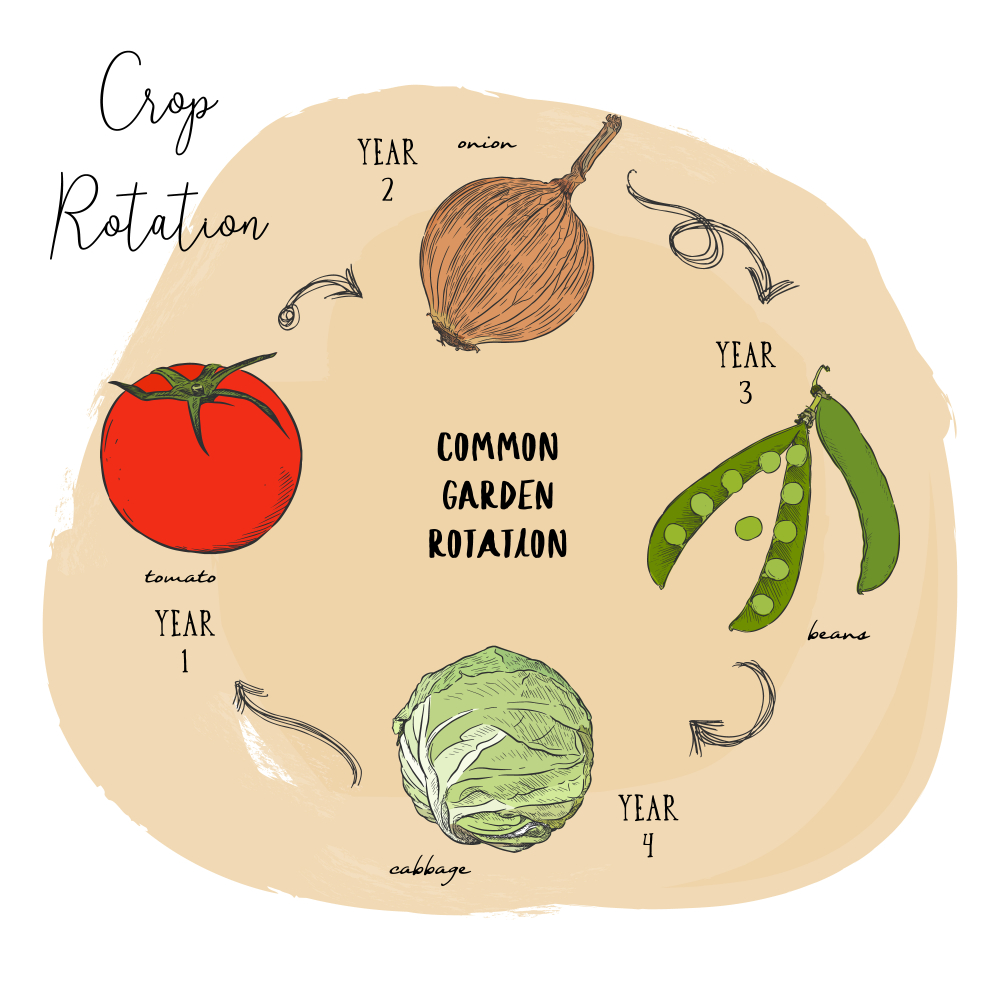

Blood Flower, also known as Mexican Butterfly Weed, is a beautiful and vibrant plant that is native to Mexico and Central America. It is a member of the milkweed family and is known for its bright red, orange, or yellow flowers that attract butterflies and hummingbirds to the garden. Here’s some information about growing and caring for Blood Flowers:
- Planting: Blood Flowers can be planted in the garden in the spring or early summer. They prefer well-drained soil and full sun to partial shade. When planting, be sure to water the plant well and mulch around the base to retain moisture.
- Watering: Blood Flowers are drought-tolerant and do not require a lot of water. It is important to let the soil dry out between waterings to prevent root rot. Water the plant deeply about once a week during dry periods.
- Fertilizing: Blood Flowers do not require a lot of fertilizer. A light application of balanced fertilizer in the spring can help promote healthy growth and blooms.
- Pruning: Blood Flowers do not require regular pruning, but they can be cut back to the ground after they have finished blooming to encourage bushier growth and to remove any yellow or unsightly foliage.
- Pests and Diseases: Blood Flowers are generally pest and disease-resistant, but they can be susceptible to aphids and spider mites. If you notice any pests, simply hose them off the plant or use insecticidal soap to control them.
How to Grow Blood Flower from Seed?
- Choose the right location: Blood Flowers prefer well-drained soil and full sun to partial shade. Choose a location in your garden that meets these requirements.
- Prepare the soil: Blood Flowers need well-drained soil to grow. If your soil is heavy or clay-like, consider mixing in some sand or compost to improve drainage.
- Plant the seeds: Blood Flower seeds can be planted in the spring or early summer. Simply scatter the seeds on the surface of the soil and gently press them down. Cover the seeds with a thin layer of soil and water gently.
- Water and care for the seedlings: Keep the soil moist but not waterlogged. If necessary, shade the seedlings with a piece of cheesecloth or burlap to prevent sunburn.
- Transplant seedlings: When the seedlings are 3-4 inches tall, transplant them into larger containers or into the garden. Be sure to space the seedlings about 18-24 inches apart.
- Water and care for the young plants: Water the young plants deeply once a week, allowing the soil to dry out between waterings. Mulch around the base of the plant to retain moisture.
How to propagate Blood Flower?
- Division: Blood Flowers can be divided every 2-3 years in the spring or fall. To divide the plant, gently dig up the clump and separate it into smaller pieces, each with at least one strong shoot and some roots. Replant the divisions in the garden or in containers, spacing them about 18-24 inches apart.
- Stem Cuttings: Blood Flowers can also be propagated from stem cuttings. Take 4-6 inch cuttings from the tips of new shoots in the spring or early summer. Remove the leaves from the bottom half of the cutting and dip the cut end into rooting hormone powder. Plant the cuttings in a mixture of sand and peat moss and water well. Keep the cuttings in bright, indirect light and mist them daily to keep the soil moist. Within a few weeks, roots should begin to form and the cuttings should be well-rooted.
How to Protect Blood Flower from Overwintering?
Blood Flowers are hardy in USDA zones 9-11, but may need protection from harsh winter conditions in cooler climates. Here are some tips for protecting Blood Flowers from overwintering:
- Mulch: Mulching around the base of the Blood Flowers can help insulate the roots and prevent damage from cold winter temperatures. Use a layer of straw, leaves or bark mulch to cover the soil around the base of the plant.
- Cover: If winter temperatures are expected to drop below freezing, consider covering the Blood Flowers with a protective cloth or burlap. This will help trap warm air around the plant and protect it from the cold.
- Bring indoors: If you live in a very cold climate, you may want to consider bringing Blood Flowers indoors for the winter. Place the pots in a bright, cool room and water as needed. Do not allow the soil to dry out completely.
- Pruning: Prune back any dead or damaged stems in the fall to help the plant conserve energy and survive the winter.
How to Bloom Blood Flower?
Blood Flowers, also known as Mexican Butterfly Weed, are prized for their vibrant, orange-red flowers. Here are some tips for promoting blooms on Blood Flowers:
- Provide full sun: Blood Flowers need at least 6 hours of direct sunlight each day to flower well. Make sure the plants are planted in a sunny location.
- Proper soil: Blood Flowers prefer well-draining soil with a neutral to slightly acidic pH. If necessary, amend the soil with compost or other organic matter to improve its fertility and structure.
- Adequate water: Blood Flowers need regular watering, especially during hot, dry periods. However, they do not like to sit in wet soil, so make sure the soil is well-drained.
- Fertilize: Blood Flowers benefit from regular fertilization, especially in the spring and summer when they are actively growing. Use a balanced, all-purpose fertilizer and follow the package instructions.
- Deadhead: Regularly removing spent blooms (deadheading) can encourage Blood Flowers to produce more flowers. Simply snip off the old blooms with a pair of scissors.
Common Problems with Blood Flower?
Blood Flowers, also known as Mexican Butterfly Weed, are generally hardy and easy to grow, but there are a few common problems that can arise. Here are some of the most common issues:
- Lack of blooms: Blood Flowers may not bloom if they are not getting enough sunlight, water, or fertilizer. Make sure the plants are planted in a sunny location, receive adequate water, and are fertilized regularly.
- Pests: Blood Flowers can be susceptible to pests like aphids and spider mites. Keep an eye out for signs of infestation, such as yellowing leaves or sticky residue, and take action as needed.
- Powdery mildew: This fungal disease can cause a white, powdery growth on the leaves and stems of Blood Flowers. To prevent it, make sure the plants have adequate air circulation and avoid overhead watering. If necessary, treat with a fungicide.
- Root rot: Overwatering or poor drainage can lead to root rot, which can be fatal to Blood Flowers. Make sure the soil is well-drained and avoid watering the plants too frequently.
FAQs Related to Blood Flower
- How often should I water Blood Flowers?
Blood Flowers should be watered regularly, especially during hot, dry periods. The soil should not be allowed to dry out completely, but it should not be waterlogged either. A good rule of thumb is to water the plants when the top inch of soil is dry.
- Do Blood Flowers need full sun?
Yes, Blood Flowers need at least 6 hours of direct sunlight each day to grow and flower well. Make sure the plants are planted in a sunny location for the best results.
- What type of soil is best for Blood Flowers?
Blood Flowers prefer well-draining soil with a neutral to slightly acidic pH. If necessary, amend the soil with compost or other organic matter to improve its fertility and structure.
- Can Blood Flowers be grown in containers?
Yes, Blood Flowers can be grown in containers as long as they have adequate drainage and receive enough sunlight and water. Choose a container that is large enough to accommodate the plant’s root system and make sure to use a high-quality potting soil.
- How do I care for Blood Flowers in the winter?
Blood Flowers are winter hardy in many regions, but they can benefit from a layer of mulch or other protective covering in cold climates. Cut back the plants in the fall to prevent wind damage, and make sure they are well-drained to prevent rot.














